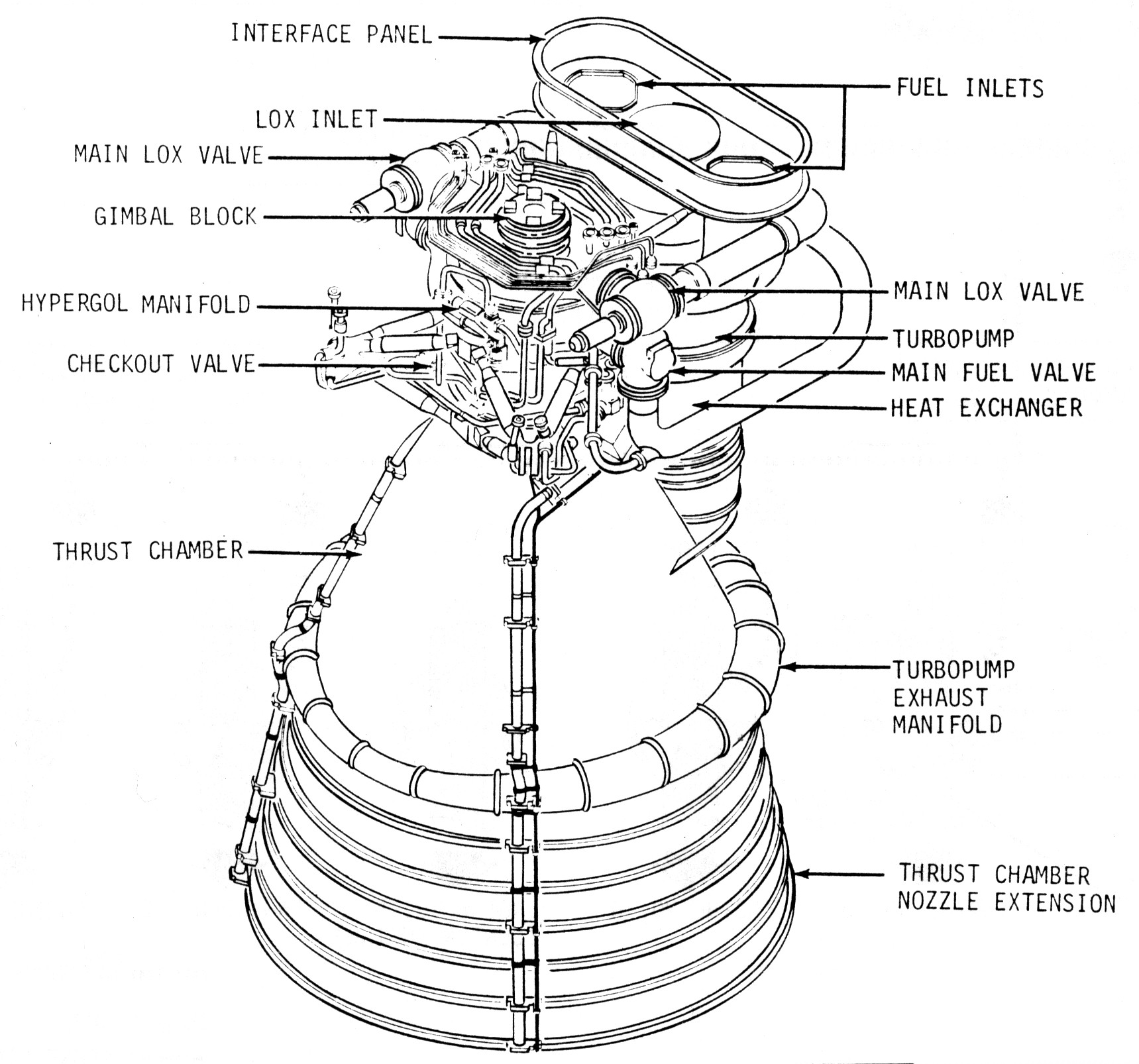F-1
From Spacefaring
The F-1 is a rocket engine developed by Rocketdyne. The engine uses a gas-generator cycle developed in the United States in the late 1950s and was used in the Saturn V rocket in the 1960s and early 1970s. Five F-1 engines were used in the S-IC first stage of each Saturn V, which served as the main launch vehicle of the Apollo program. The F-1 remains the most powerful single combustion chamber liquid-propellant rocket engine ever developed.
Wikimedia, Wikidata
Rocketdyne F-1; Rocketdyne F1
height 5.79 metre, diameter 3.76 metre, maximum thrust 1522000 pound-force, maximum thrust 1500000 pound-force, mass 8391 kilogram, mass 8353 kilogram, specific impulse by weight 260 second, specific impulse by weight 263 second,
United States, Ashkenaz, Calvinist Republic of Ghent, Chinland, Democratic Republic of the Congo, Havilah, Kingdom of Martabam-hongsawatoi, Kingdom of Wolaita, Persia, Reman, Sikh Confederacy, Sweden, Tarshish, Dong Fang Hong 2, Ekran, F-1,
-
Location: KML, Cluster Map, Maps,
| Type | Subtype | Date | Description | Notes | Source |
|---|---|---|---|---|---|
| commons | image | SaturnV S-IC | Commons | ||
| commons | image | Rocketdyne F-1 used baffle | Commons | ||
| commons | image | F-1 big | Commons | ||
| commons | image | SaturnV S-IC (cropped) | Commons | ||
| commons | image | Werner Von Braun standing next to the five F-1 engines of a Saturn V first stage | Commons | ||
| commons | image | Werner Von Braun standing next to the five F-1 engines of a Saturn V first stage | Commons | ||
| commons | image | Test Firing of a Rocketdyne F-1 Engine, Edwards Air Force Base | Commons | ||
| commons | image | Rocketdyne F-1 rocket engine diagram | Commons | ||
| commons | image | Test Firing of a Rocketdyne F-1 Engine, Edwards Air Force Base | Commons | ||
| commons | image | Rocketdyne F-1 rocket engine diagram | Commons | ||






